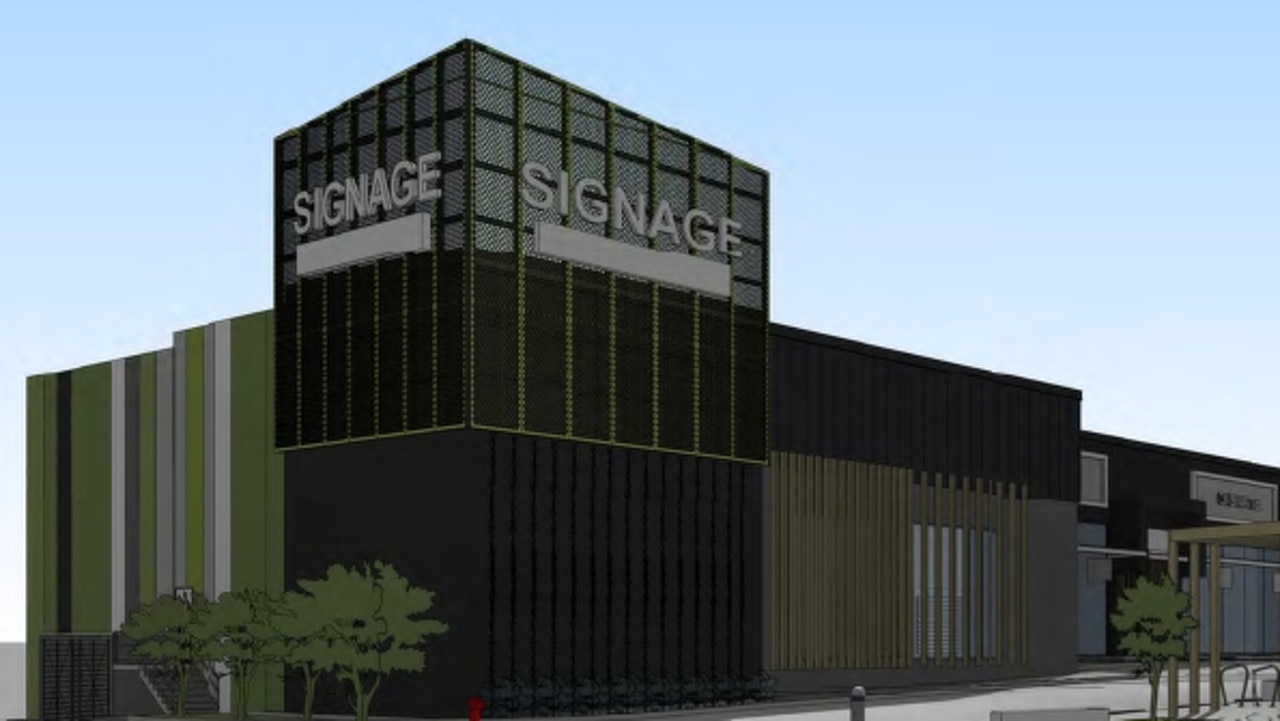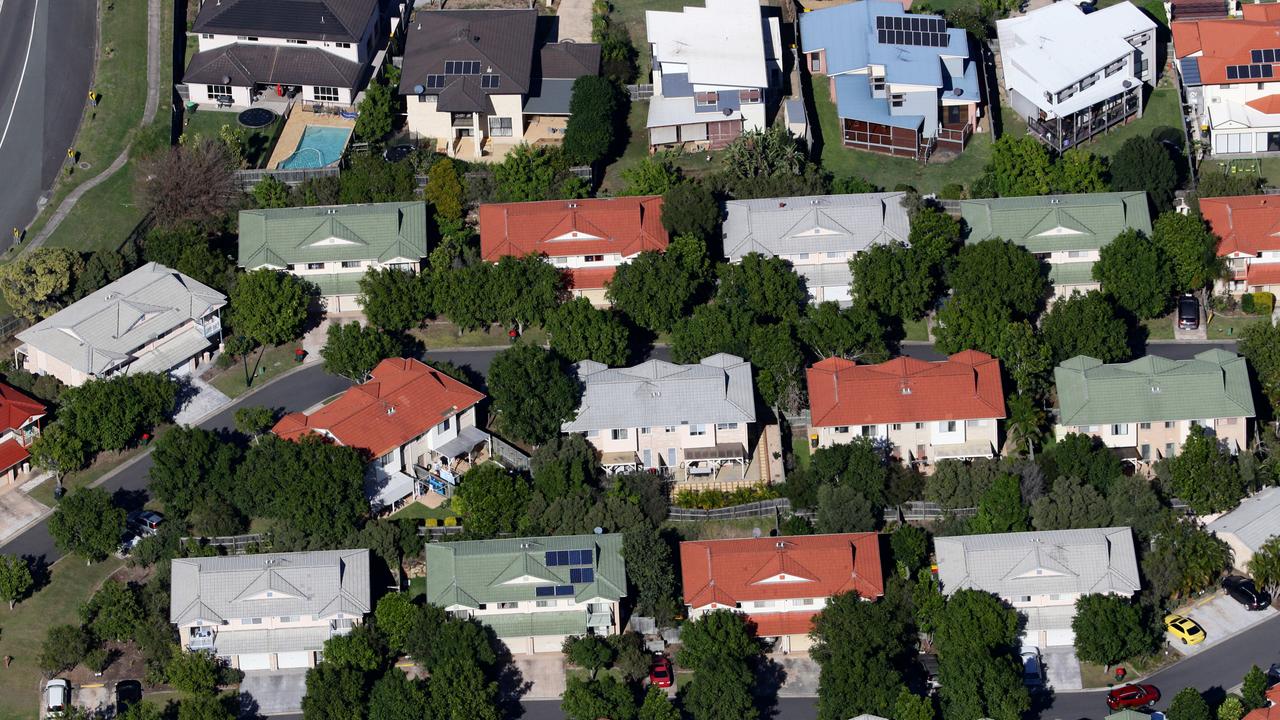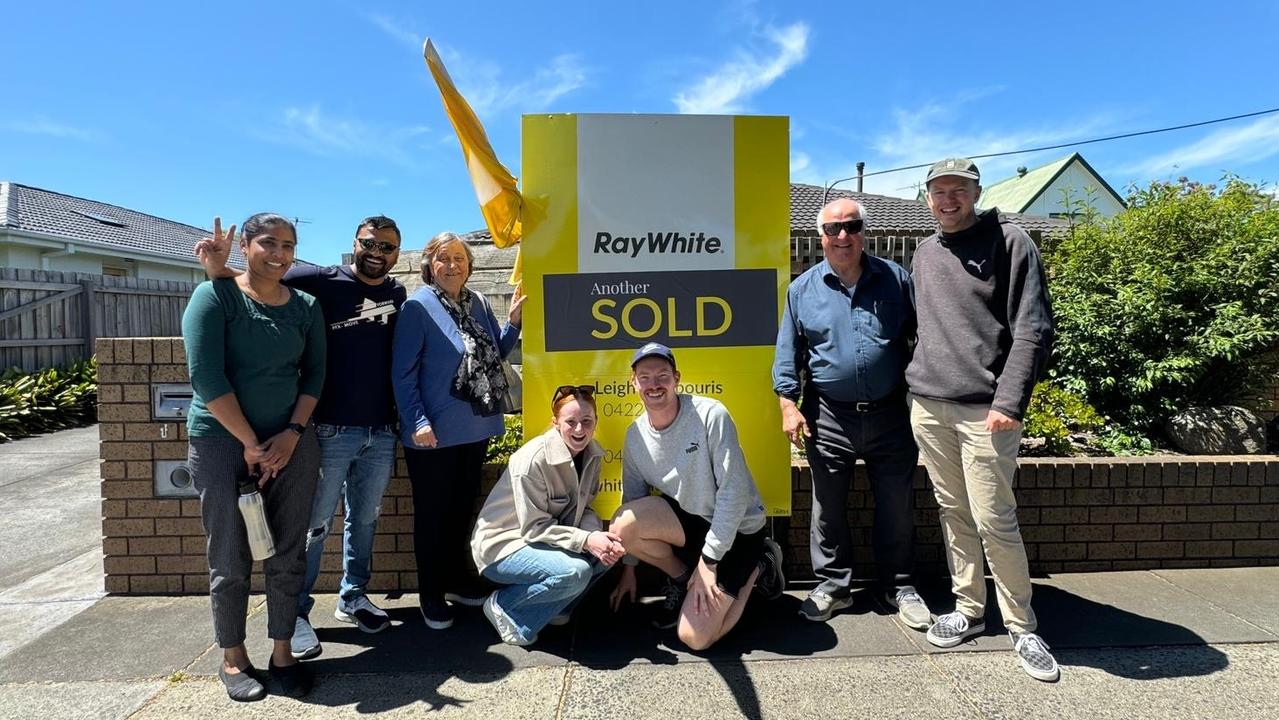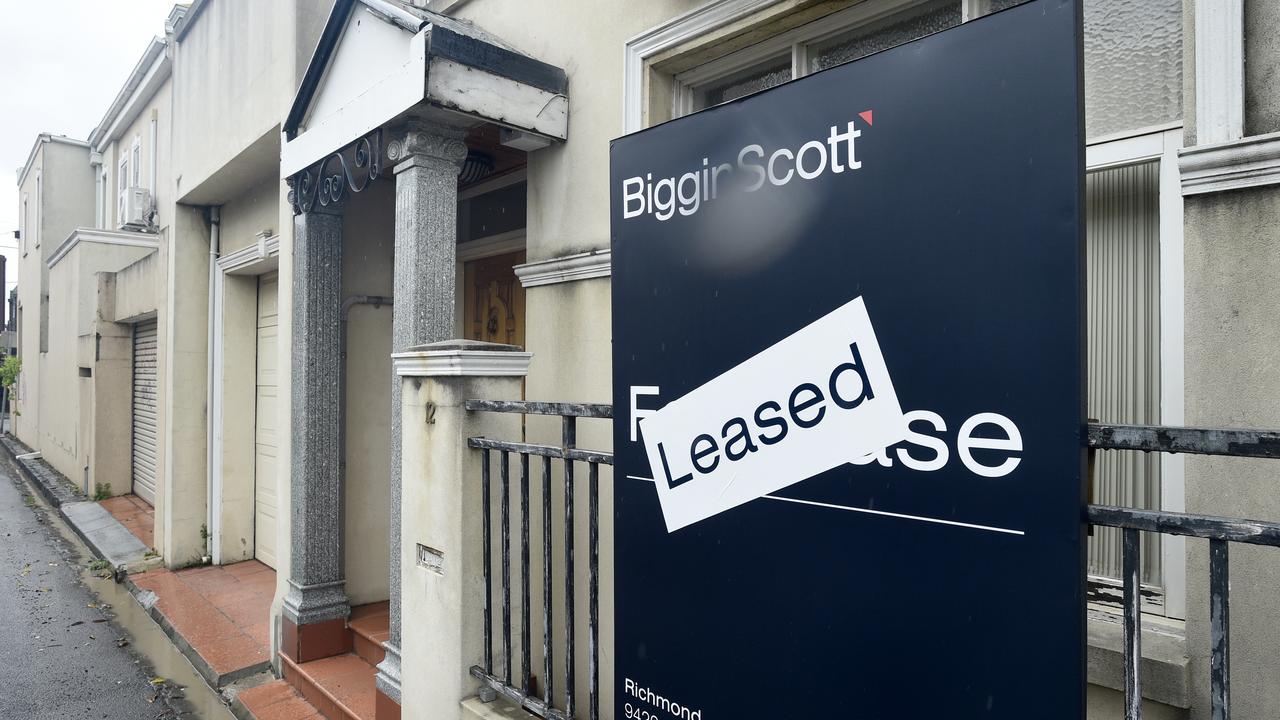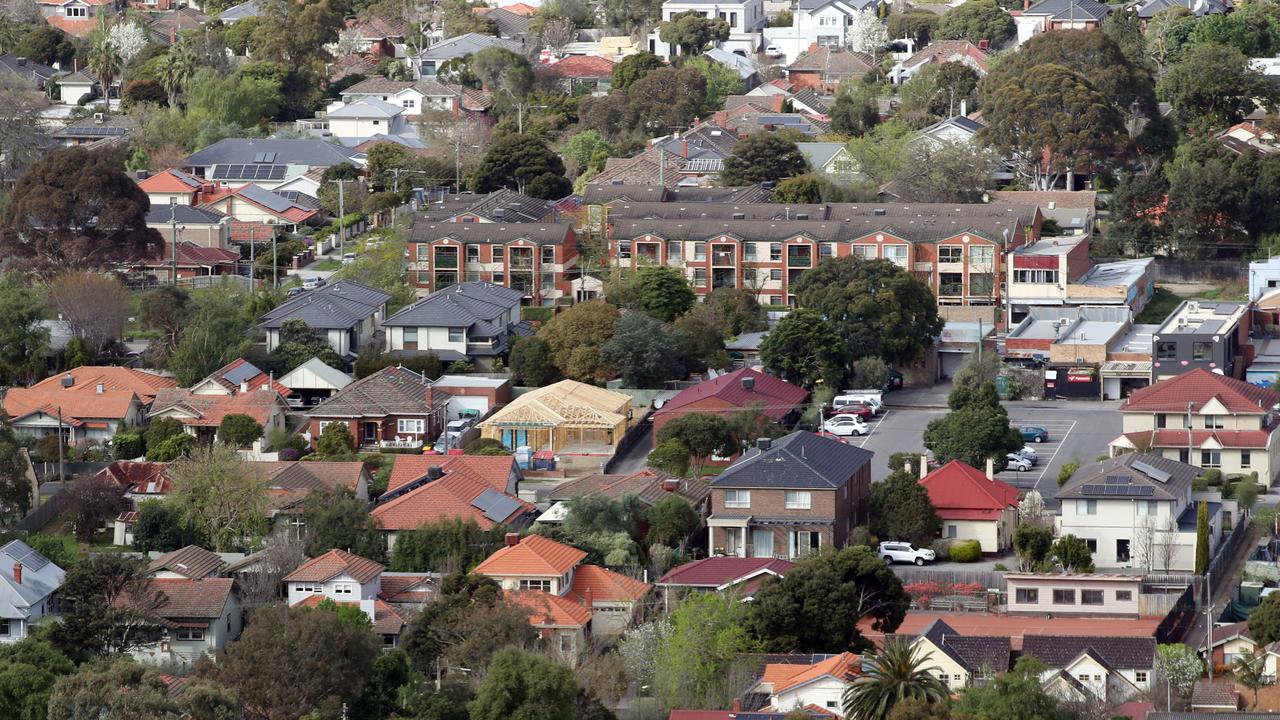Brisbane overtakes Melbourne: No end in sight to home price rises
Brisbane home prices have officially overtaken Melbourne, hitting a record high off a massive 64.7 per cent surge since the pandemic – with experts seeing no end in sight as demand rampages.
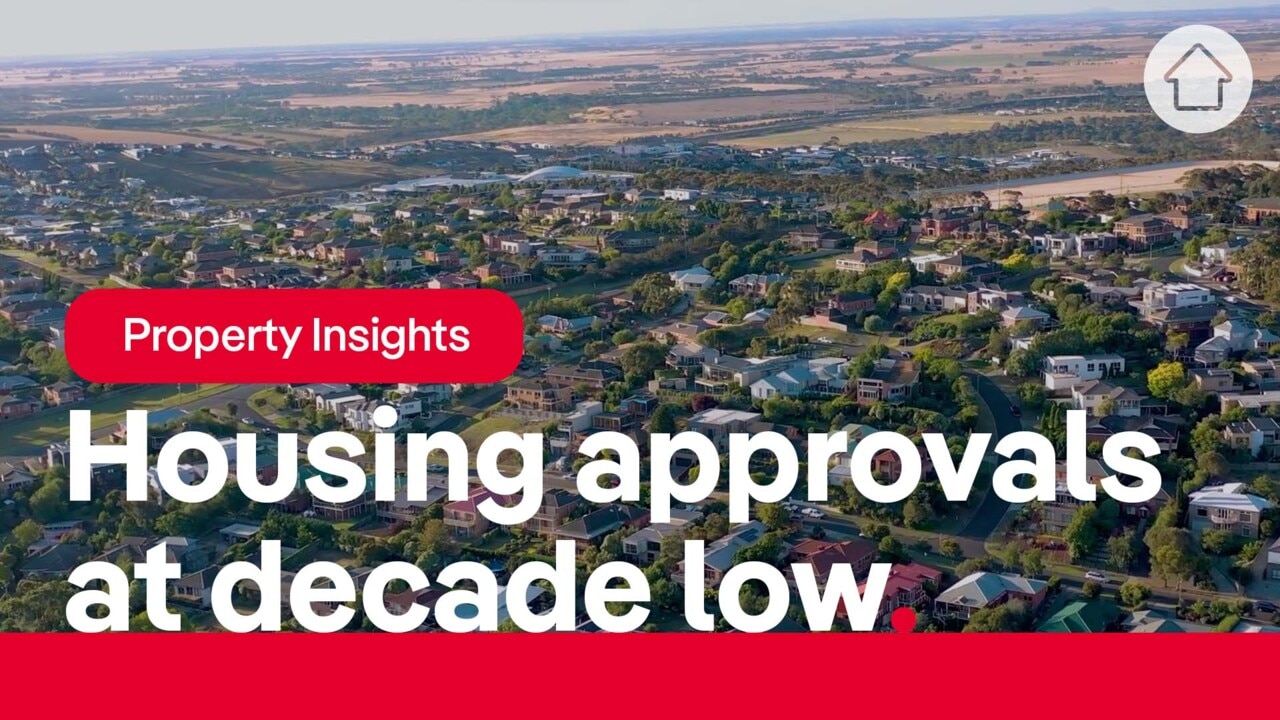
Property
Don't miss out on the headlines from Property. Followed categories will be added to My News.
Brisbane home prices have officially overtaken Melbourne, hitting a record high off a massive 64.7 per cent surge since the pandemic – with experts seeing no end in sight as demand rampages.
The PropTrack Home Price Index, released Wednesday, found Brisbane has been consistently peaking every month for over a year - rising 12.82 per cent year-on-year - with the median house price now just $89,000 shy of $1m ($911,000).
MORE: ‘Bad boom’: Fears property market set to explode again
Donor gifts $21m to buy cattle station for endangered parrot
QLD vacancy rate “critically low”
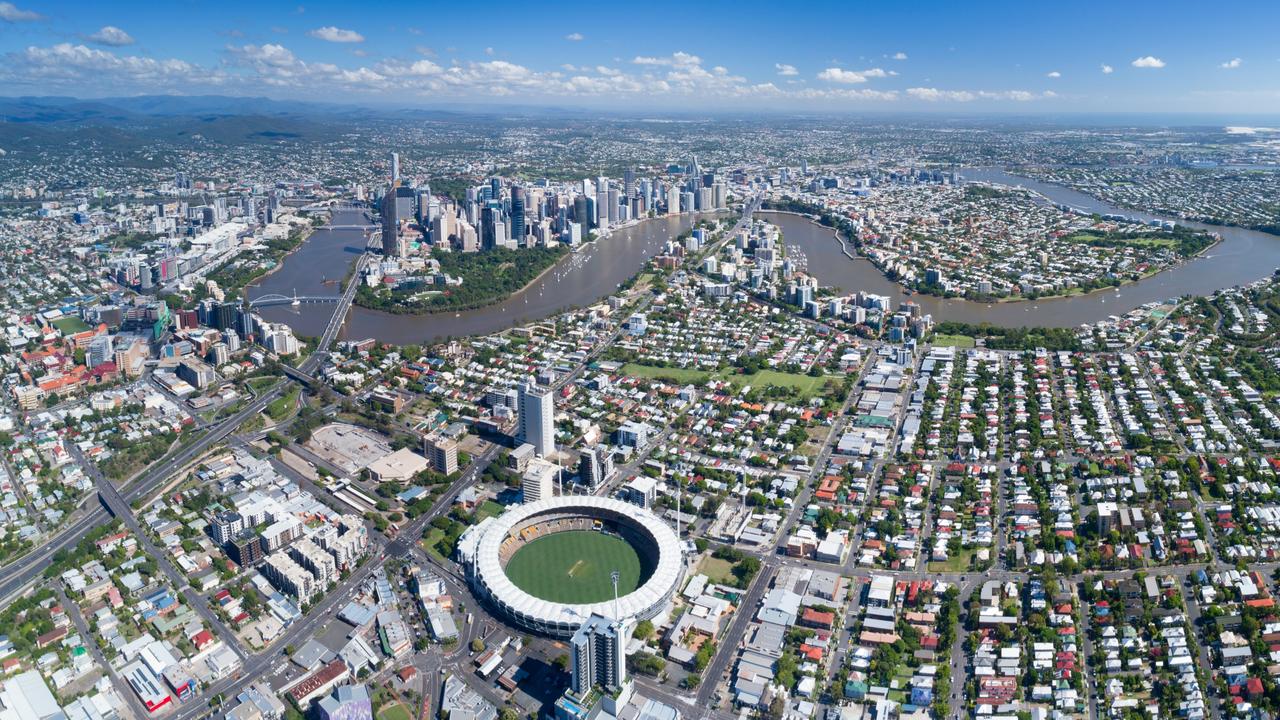
PropTrack senior economist Eleanor Creagh said Queensland’s pandemic home price boom “really outperformed” other areas including Melbourne, “but even since then growth in Brisbane has surpassed growth in Melbourne”.
She said Brisbane was in the midst of a “seller’s market” with a variety of buyers facing “pretty limited choices” across the market.
“We’re continuing to see that demand-supply imbalance fuel strong home price growth in Brisbane,” Ms Creagh said. “I’d be expecting this effect to continue. We know that population growth is set to remain strong.”
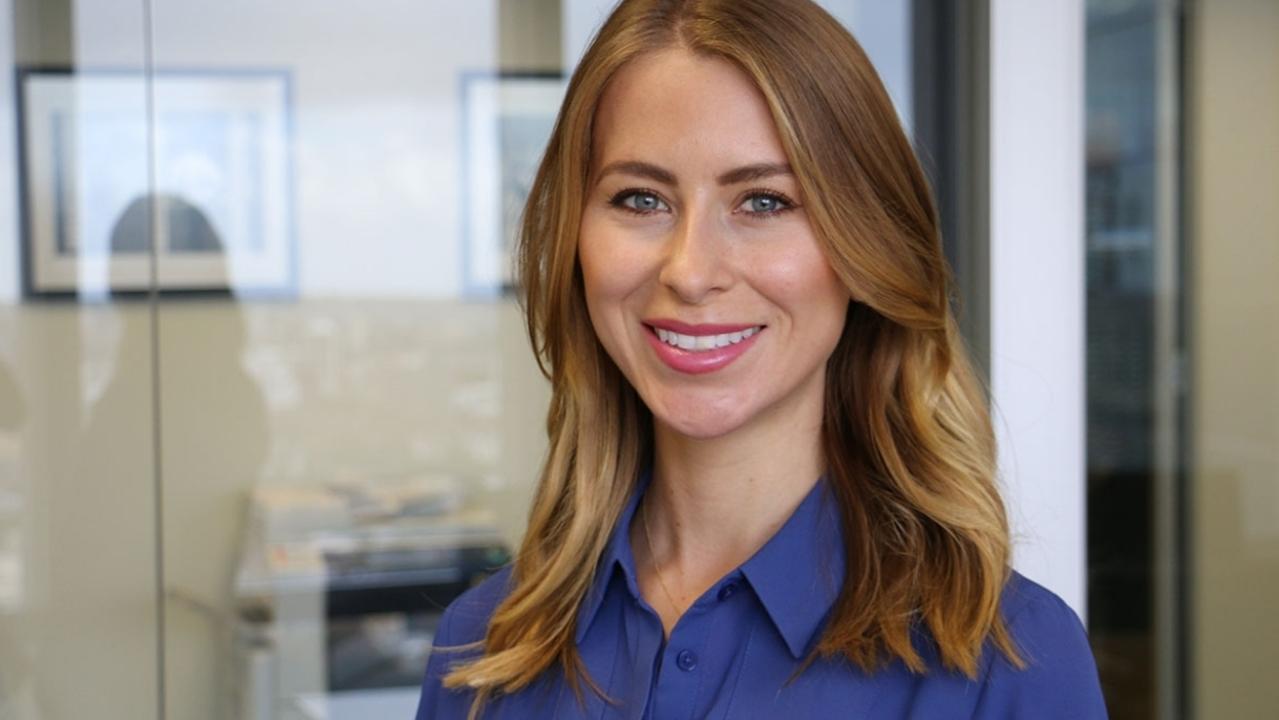
The last time Brisbane was higher than Melbourne was 14 years ago, Ms Creagh said – with the Queensland capital trumping the Victorian capital over just two other periods in history, between 1994 to 1997 and 2006 to 2010.
While Brisbane median prices for houses and units ($911,000 and $617,000) were $1,000 and $3,000 less than Melbourne respectively, the larger number of units in the southern capital weighed it down overall.
In regional Queensland home prices also rose in double digits annually, up 10.03pc over April 2023 levels – having seen the biggest increase of all markets since the pandemic of 68pc since March 2020.
The strongest growth performer for Queensland in the past year was Ipswich which saw a massive 16.18 per cent rise to a median dwelling price of $652,000.
Townsville was the strongest out of regional Queensland, pulling growth of 15.57pc in the past year to a mid range of $430,000 while the Gold Coast saw 11.89pc to $924,000, Sunshine Coast up 8.49pc to $973,000 and Cairns rose 7.86pc to $528,000 - all above long term averages.
Across other parts of Greater Brisbane that performed strongly, Logan-Beaudesert saw a massive 15.34pc jump in its median home price to $700,000, Brisbane South rose 14.46pc to now sit over $1,052,000 while Brisbane North jumped 12.63pc to $879,000.
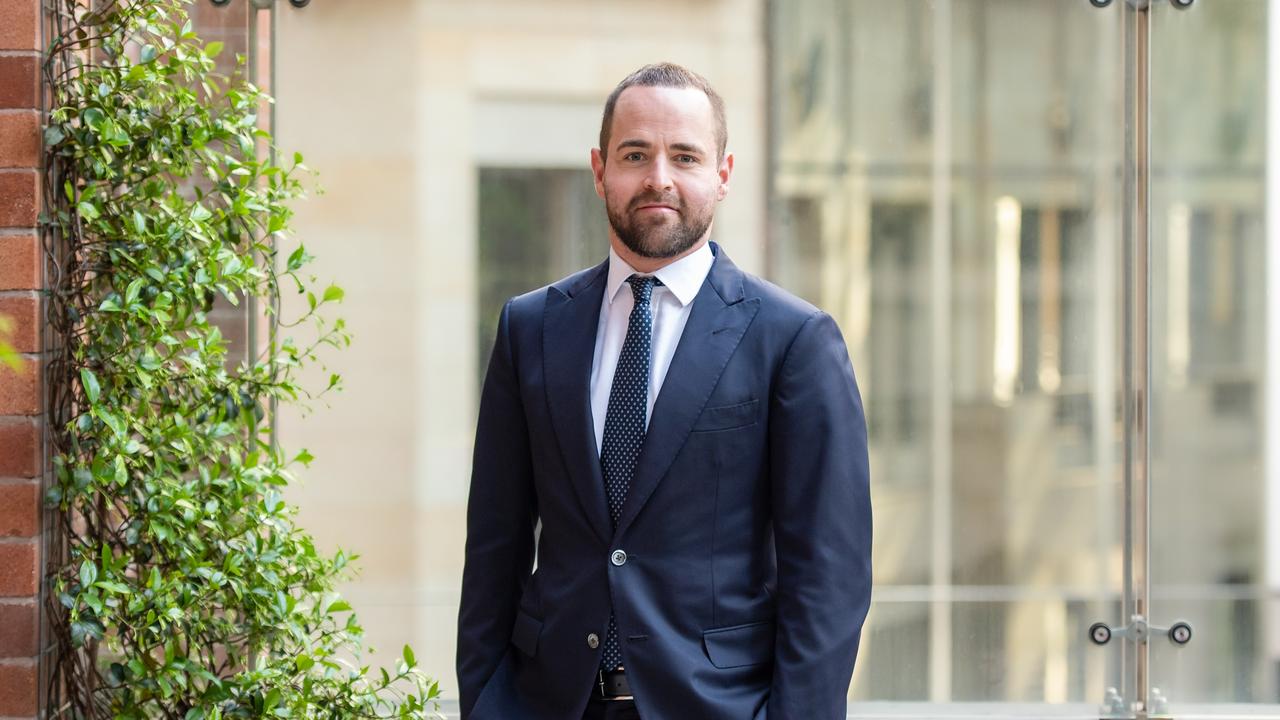
Ray White Queensland chief executive Jason Andrew said they were “seeing enormously healthy competition right around the state, resulting in clearance rates that have never necessarily been seen before, with auction registration numbers at all time highs and stock levels that are not sufficient to meet the demand of the market”.
He said “what inevitably happens in that type of circumstance is that you see a speculative market and you get bubbles, you get boom or bust, but the thing I like about Queensland’s growth is that it’s not so rapid that it is unsustainable. There’s growth, but it’s good sustainable growth.”
He said with the Olympics ahead it would not be surprising to see Brisbane hit $1m median “over the next year or two”.
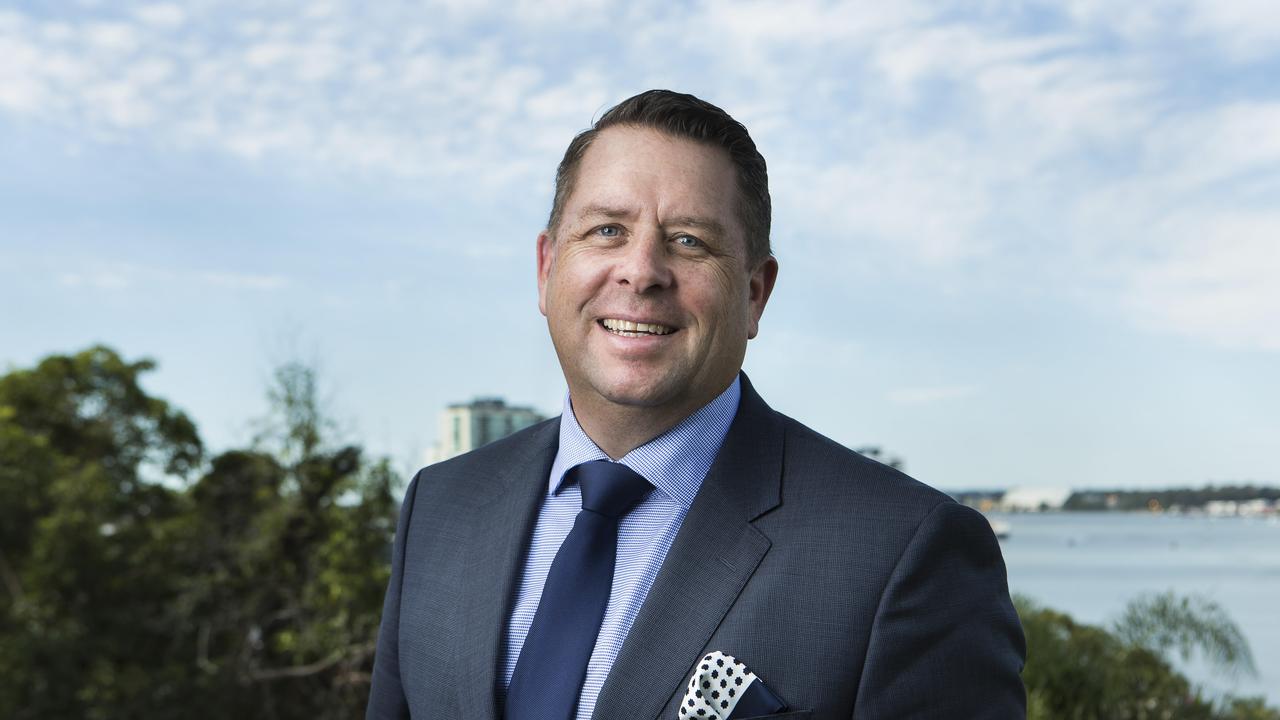
Place Estate Agents chief executive Damian Hackett said “we’ve been expecting this whole golden decade” from when the 2032 Olympics were announced.
He said even when supply inched up a bit in Brisbane recently, demand was so “incredibly strong” that growth did not ease off.
“The biggest issue that we’re facing in Brisbane – and it’ll get worse over the next couple of years – is supply of new properties, particularly apartments,” Mr Hackett said.
“A lot of the high end builders are going on government infrastructure projects, hospitals, Olympics etc and so there are a number of residential projects that just can’t get built because it’s not feasible with the increase in costs. So that’s going to play out over the next few years.”
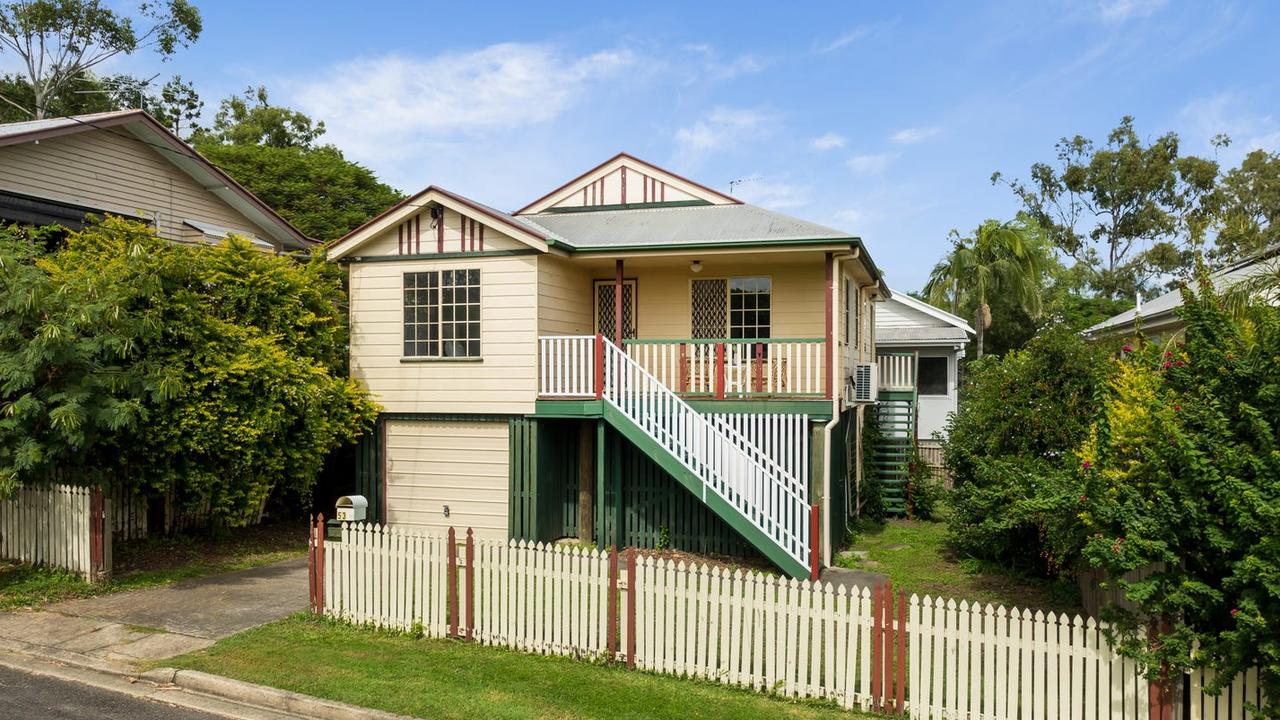
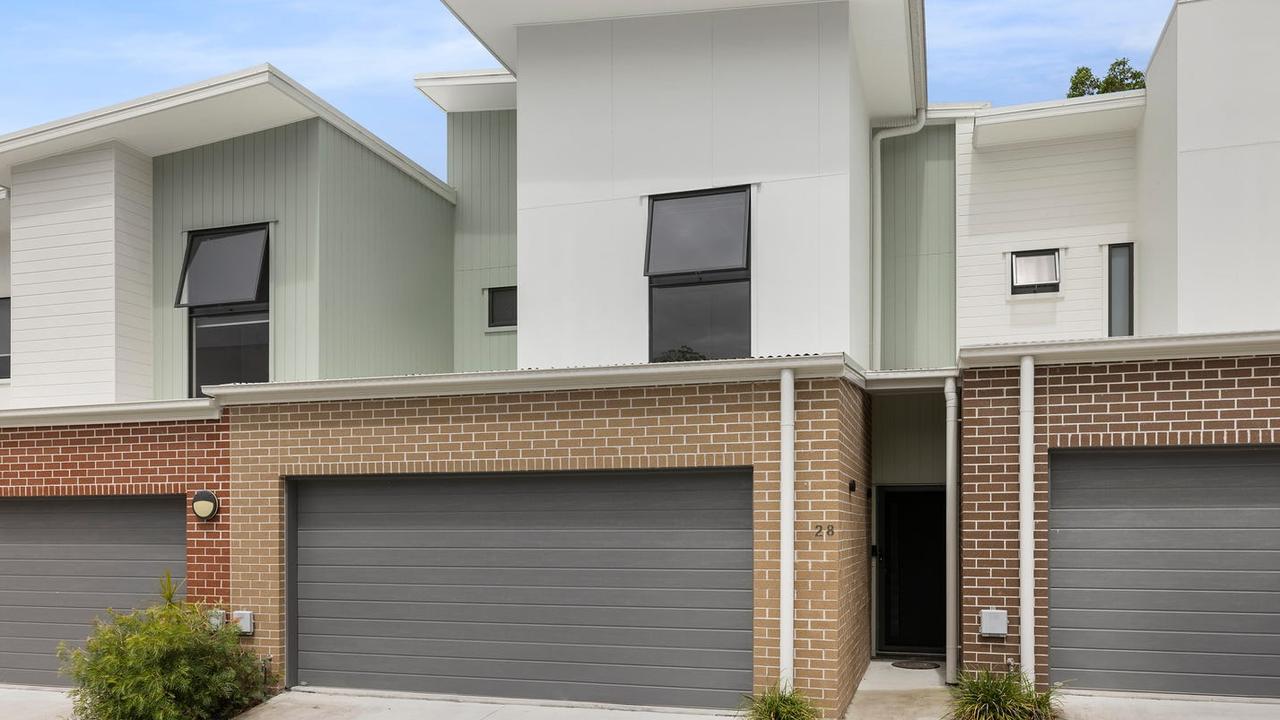
“I’d say the apartment market will be an even tighter squeeze as there’s not a lot of new product coming to the market over the next year or two.”
Bank of Queensland chief economist Peter Munckton expects decent rises for 2024 and 2025, pegging Perth, Brisbane and Adelaide to be the strongest performers.
“It is now widely (but not universally) agreed that the main driver of the recent rise of house prices has been very strong demand at a time of a low supply,” he said.
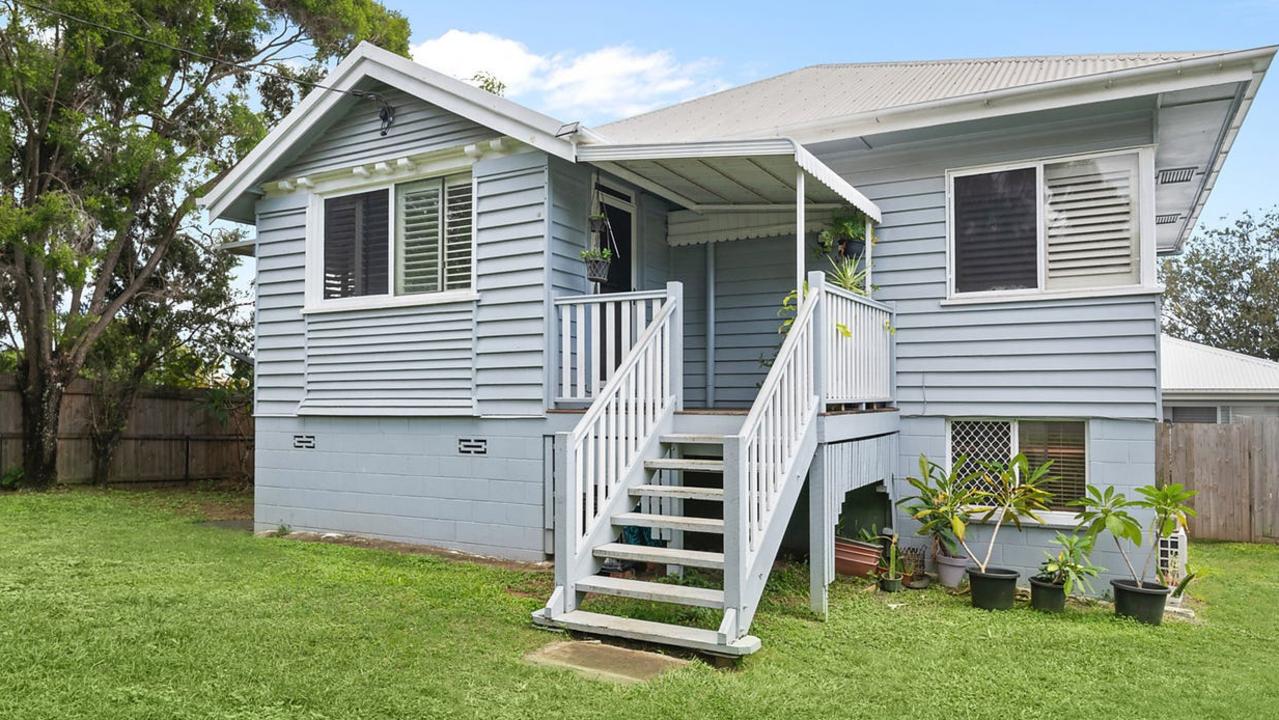
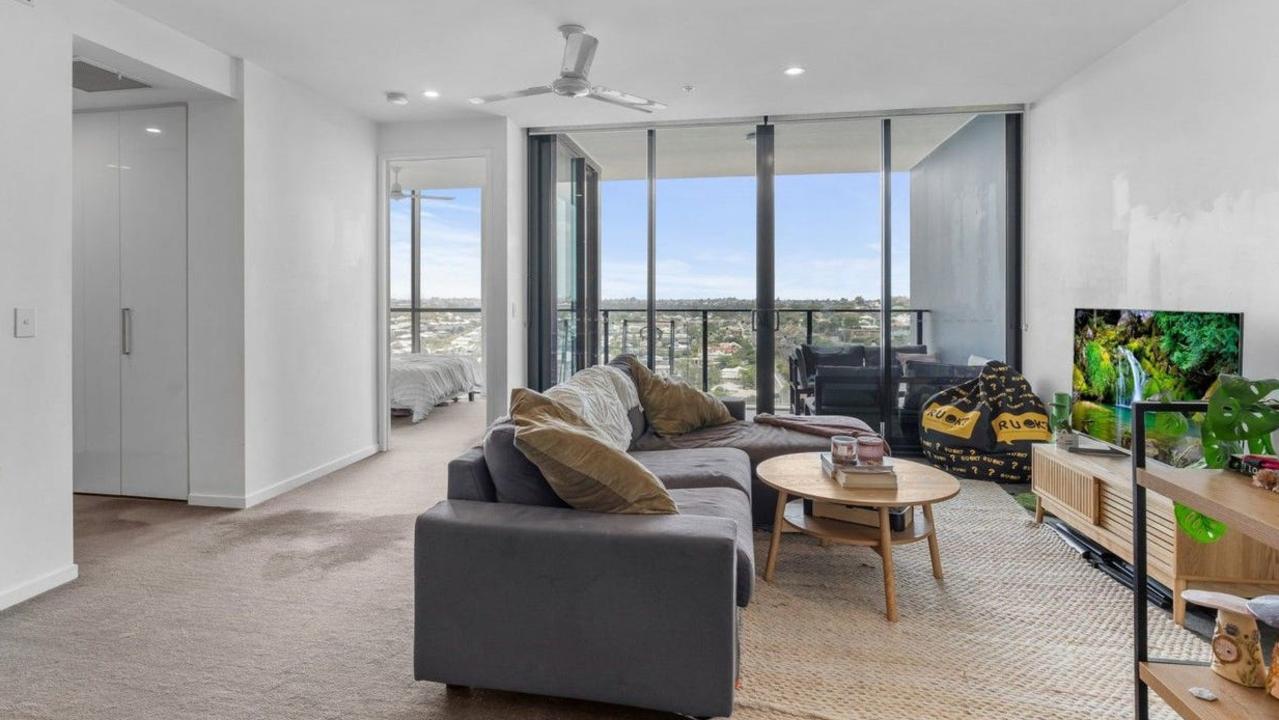
See the latest PropTrack Home Price Index
“Typically higher interest rates would have substantially cooled demand but on this occasion that factor has been overwhelmed by the very strong increase in population.”
“At the same time new supply has been limited by a range of factors including the high cost of land and materials, shortages of skilled labour and the high number of bankruptcies amongst builders.”
“The high demand for housing at a time of low supply not only has boosted house prices but also means low vacancy rates and rising rents.”
Originally published as Brisbane overtakes Melbourne: No end in sight to home price rises

